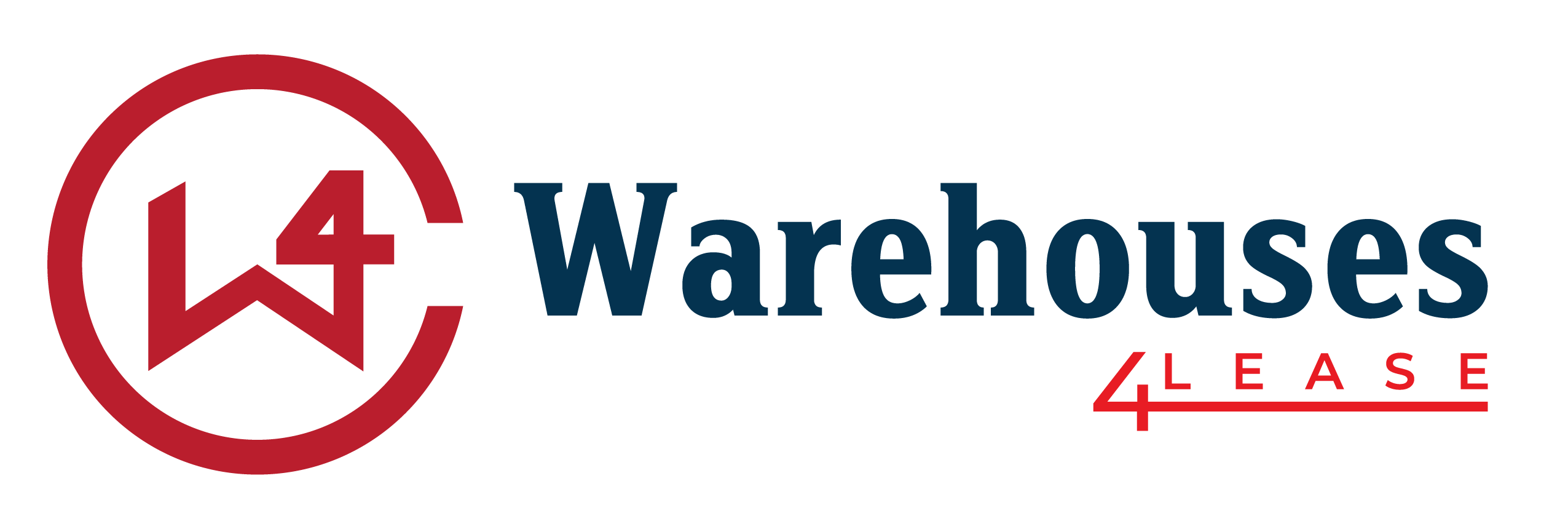In the fast-paced world of logistics and e-commerce, the term “distribution warehouse” is often mentioned as a key component of the supply chain. But what is a distribution warehouse, When businesses need to move goods quickly and keep customers happy, they often rely on distribution warehouses. These facilities are more than simple storage spaces. They act as hubs where products arrive, get sorted, and move out to the right destinations. In this guide, we’ll explain what a distribution warehouse is, why companies use them, and how they support modern supply chains.
Definition of a Distribution Warehouse
A distribution warehouse is a large building designed to receive products from manufacturers or suppliers. From there, the items are organized, packaged, and shipped to retailers, wholesalers, or directly to customers. Unlike traditional storage warehouses, distribution warehouses focus on fast movement rather than long-term storage.
Why Businesses Use Distribution Warehouses
Companies rely on these warehouses for several reasons:
- Faster deliveries – Products reach customers quickly, which improves satisfaction.
- Lower costs – By storing goods closer to the customer, businesses reduce shipping expenses.
- Better inventory control – Warehouses track stock in real time, so businesses know what is available.
- Flexibility – Companies can handle seasonal demand and sudden order spikes more easily.
In other words, distribution warehouses make supply chains more efficient and reliable.
Key Features of a Distribution Warehouse
To work effectively, these facilities share a few important features:
- Strategic location near highways, ports, or airports.
- Loading docks for trucks and trailers.
- Storage systems such as shelves, racks, or pallets.
- Technology like barcode scanners, inventory management software, and automation.
- Workforce trained to pick, pack, and ship products quickly.
For example, an online retailer might use a distribution warehouse near Houston to serve both Texas and Louisiana customers in just one or two days.
Distribution Warehouse vs. Storage Warehouse
It’s easy to confuse distribution warehouses with storage warehouses. However, they serve different purposes:
- A storage warehouse mainly keeps goods for long periods.
- A distribution warehouse focuses on processing and shipping goods quickly.
As a result, distribution warehouses play a direct role in fast delivery, while storage warehouses simply hold inventory.
Who Works in a Distribution Warehouse?
Inside these facilities, teams handle many tasks:
- Forklift operators move pallets safely.
- Pickers and packers prepare orders for shipping.
- Supervisors oversee workflow and safety.
- Inventory specialists track stock and update records.
Each role is vital because smooth operations depend on both people and technology.
Costs of Using a Distribution Warehouse
The price of renting or using one depends on:
- Location
- Size of the facility
- Labor costs
- Level of automation
- Duration of the lease
For instance, a small warehouse in South Houston will cost less than a large, high-tech facility in central Houston. Businesses should calculate both rent and operating costs before making a decision.
Why Distribution Warehouses Matter Today
Modern customers expect fast, affordable, and reliable deliveries. Without distribution warehouses, meeting those expectations would be almost impossible. These facilities help businesses cut costs, deliver faster, and adapt to demand changes.
Final Thoughts
A distribution warehouse is more than just a building—it’s a key link in the supply chain. By understanding how these warehouses work, companies can improve efficiency, reduce expenses, and keep customers satisfied.
If you’d like to explore related topics, read our guides on what warehouse workers do and how much a warehouse costs.
Frequently Asked Questions (FAQ)
1. What is the main purpose of a distribution warehouse?
To quickly receive, process, and ship products to retailers, distributors, or customers.
2. How is a distribution warehouse different from a fulfillment center?
Both handle order processing, but fulfillment centers often manage direct-to-customer orders (e.g., e-commerce), while distribution warehouses may supply retailers and wholesalers.
3. Do distribution warehouses store products long-term?
No. Their focus is on rapid turnover and minimizing the time goods stay in storage.
4. What kind of technology is used in distribution warehouses?
Automated picking systems, conveyor belts, warehouse management software (WMS), and barcode scanning.
5. Why are distribution warehouses important for e-commerce?
They enable faster shipping, lower logistics costs, and efficient inventory control, which are critical in today’s competitive online market.
For more warehouse leasing tips, market updates, and behind-the-scenes insights, follow us on Facebook and Instagram.

